“Treasures from Tsarskoye Selo, Residence of the Russian Monarchs” Exhibition
Tsarskoye Selo literally means “Tsar’s Village”, and, as its unique name implies, this spacious and well-populated complex was the residence of the Russian monarchs, or tsars.
Thanks to the efforts of Empress Elizabeth and Catherine the Great in the 18th century, two spectacular palaces were built at Tsarskoye Selo. While the Catherine Palace boasts a Baroque style with a splendid exterior, the Alexander Palace features a more classical architectural style with simpler columns. In addition to the two palaces, the complex encompasses a vast area of parks punctuated with numerous buildings, including Chinese-style pavilions.
Tsarskoye Selo was home to many Russian monarchs of the Romanov dynasty. Of these emperors and empresses, it was the last of their line, Emperor Nicholas II, who inhabited it the longest, taking up permanent residence there in 1905. After the February Revolution of 1917 and his subsequent abdication, Nicholas and his family continued to be held under house arrest at the complex for a further five months, before they were executed in Siberia. Tsarskoye Selo was therefore not only a product of the rise of modern Russia, but also a witness to the end of its monarchy.
Featuring over 200 exquisite items on loan from the Tsarskoye Selo State Museum-Preserve of Russia, including paintings, costumes, porcelain, weapons and works of art, this exhibition introduces the history and culture of Russia under the Romanov dynasty from the early 18th to the early 20th century. Exhibit highlights include decorative items from Tsarskoye Selo produced by various imperial manufactories in Russia, diplomatic gifts presented to Russia from foreign royal houses and a richly decorated carriage used during the coronation of the Russian monarchs. The exhibition aims to give visitors a greater insight into the splendour of Russian court life and into the broader political and cultural developments in Russia’s history that Tsarskoye Selo has borne witness to.
Source: HK History Museum
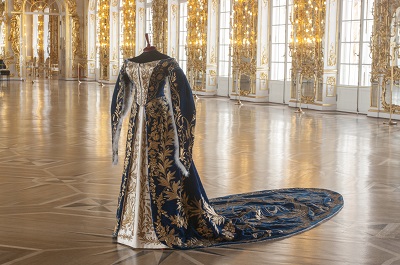
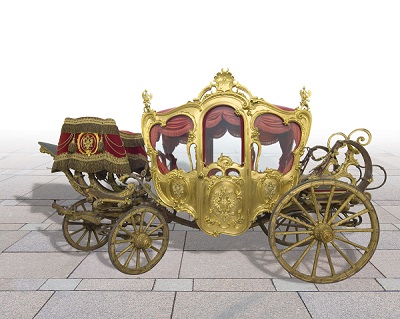
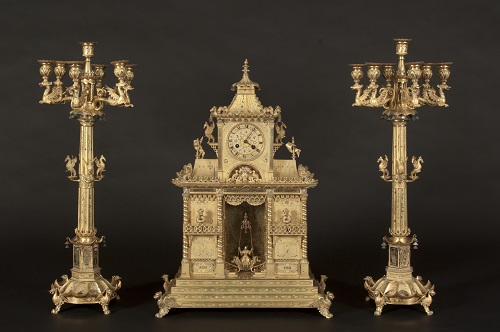
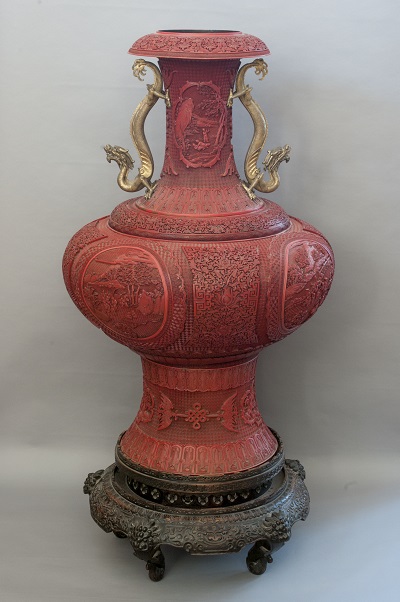
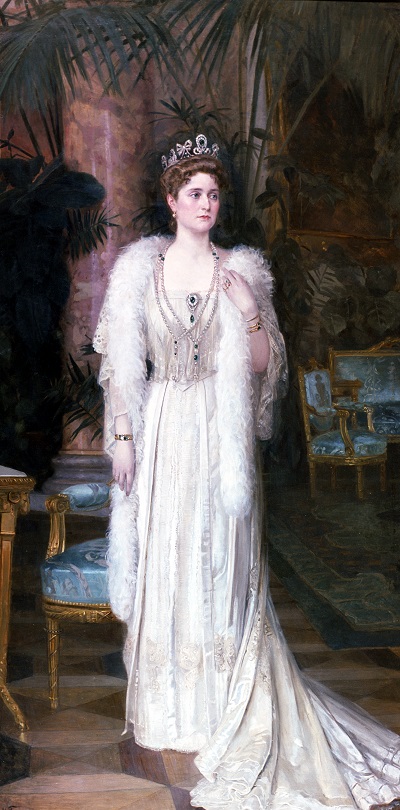
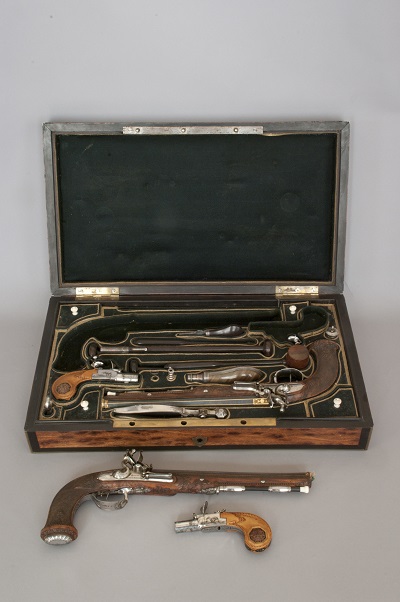
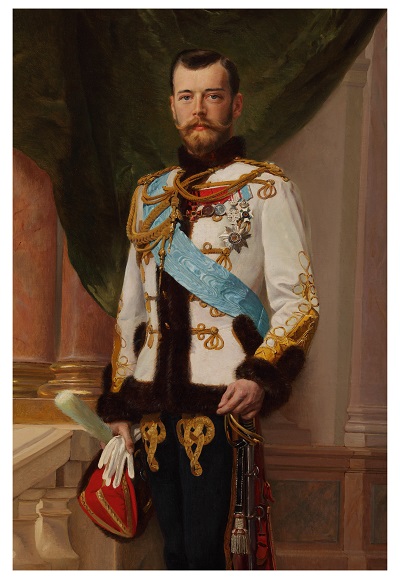
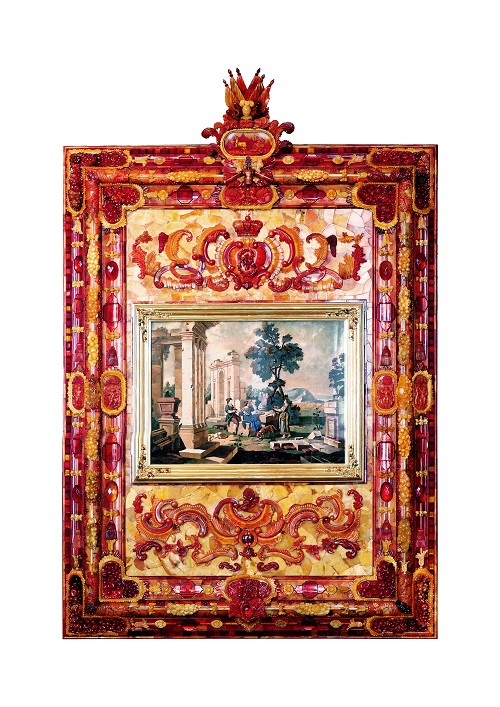
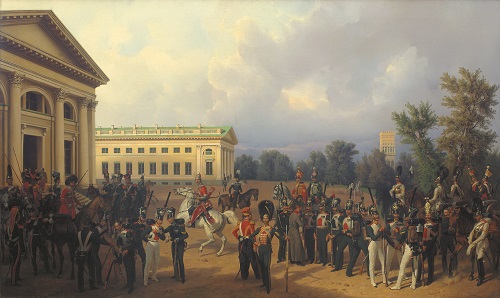
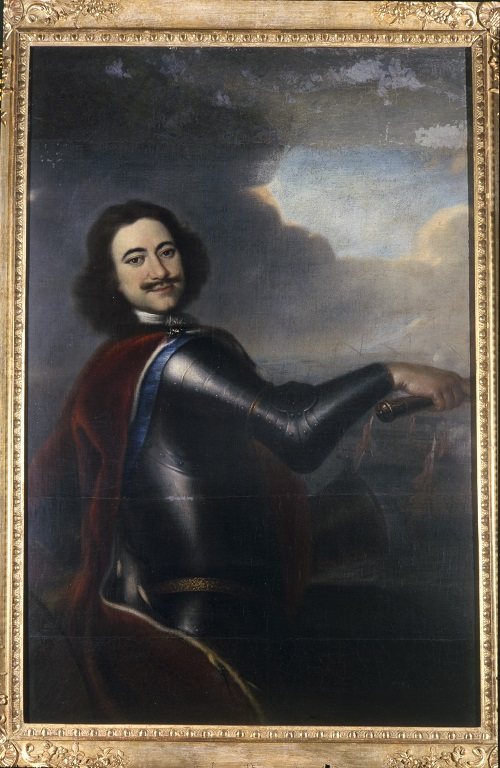
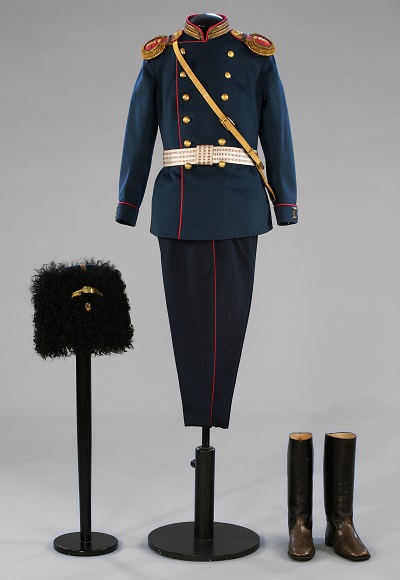



 Posted under:
Posted under: